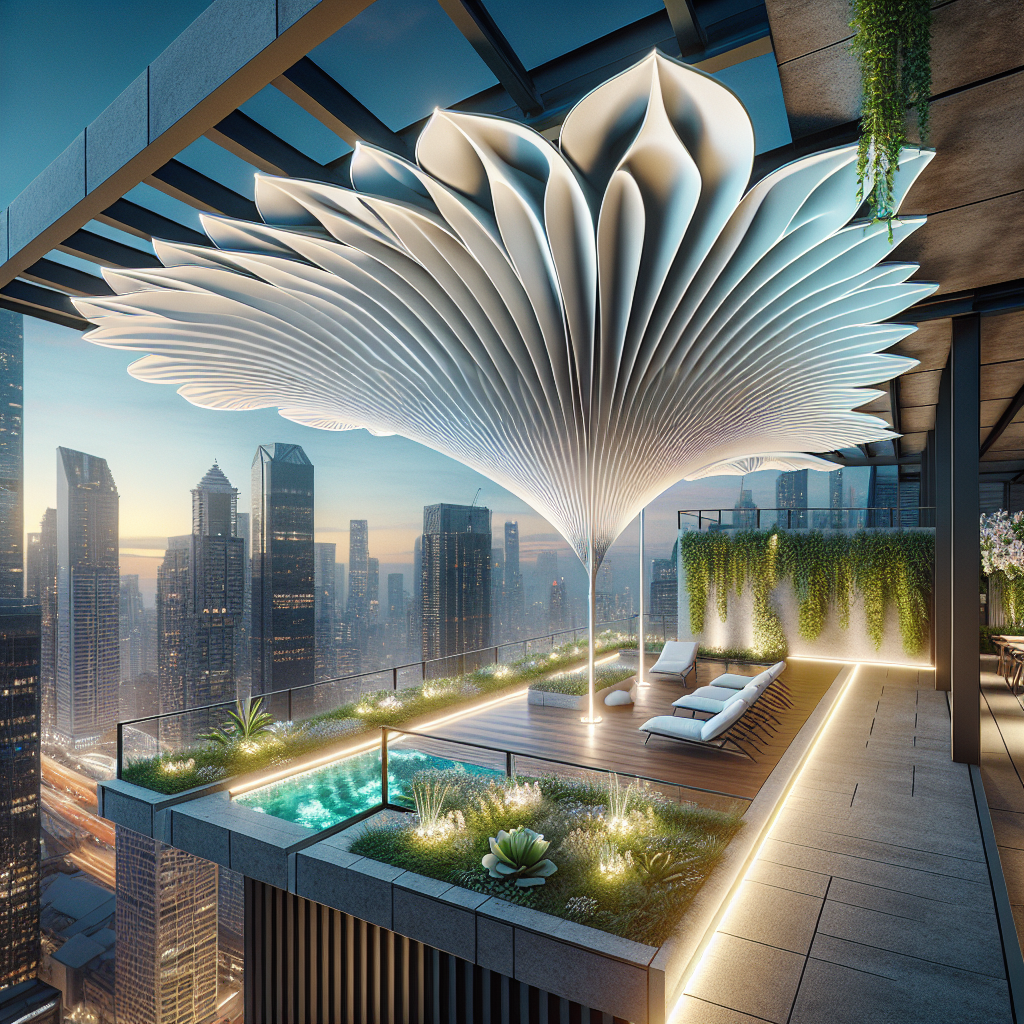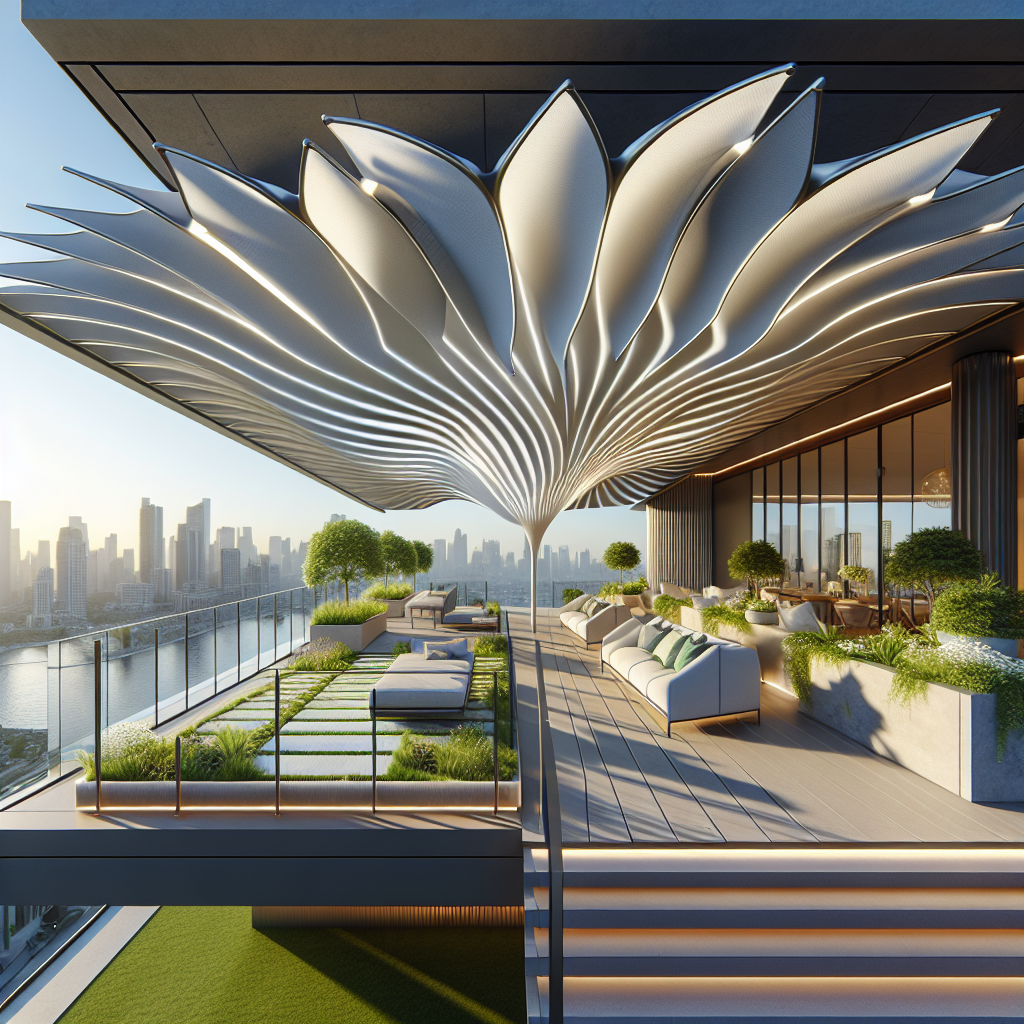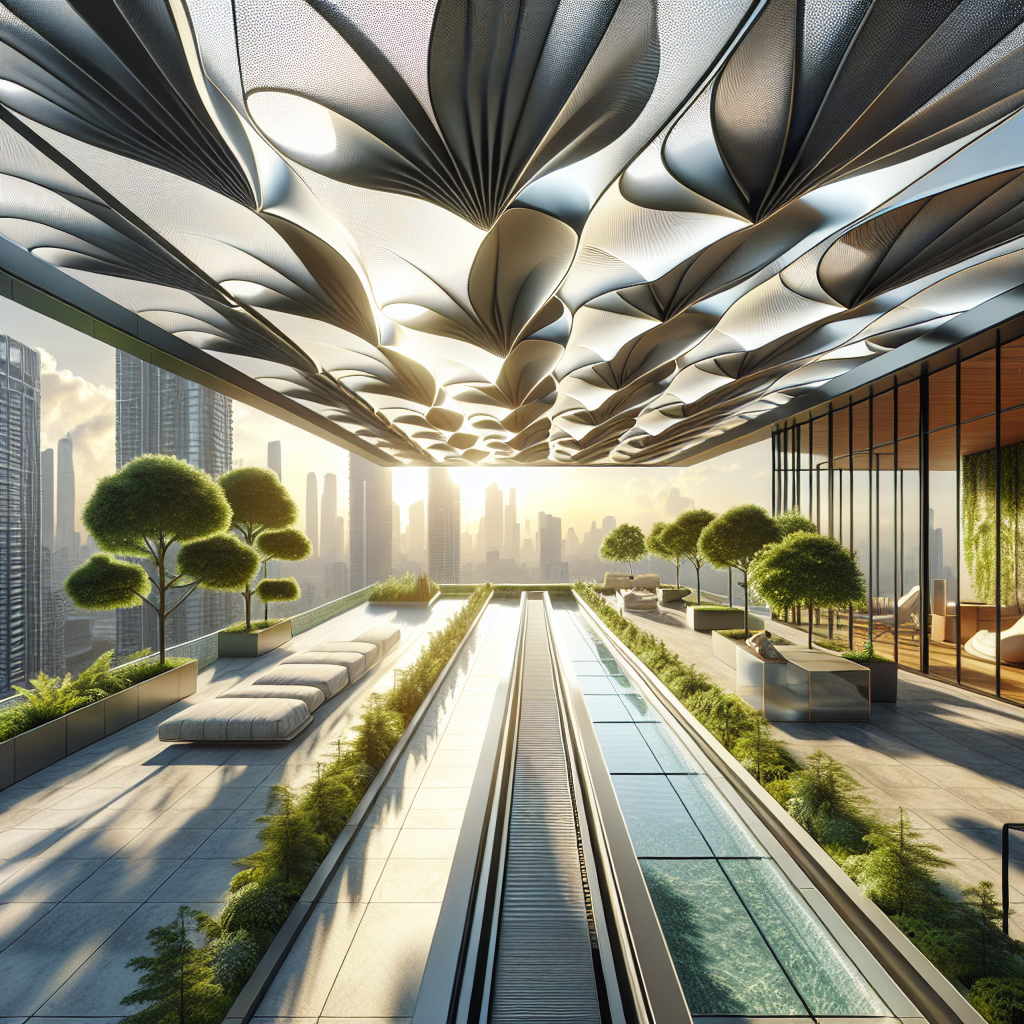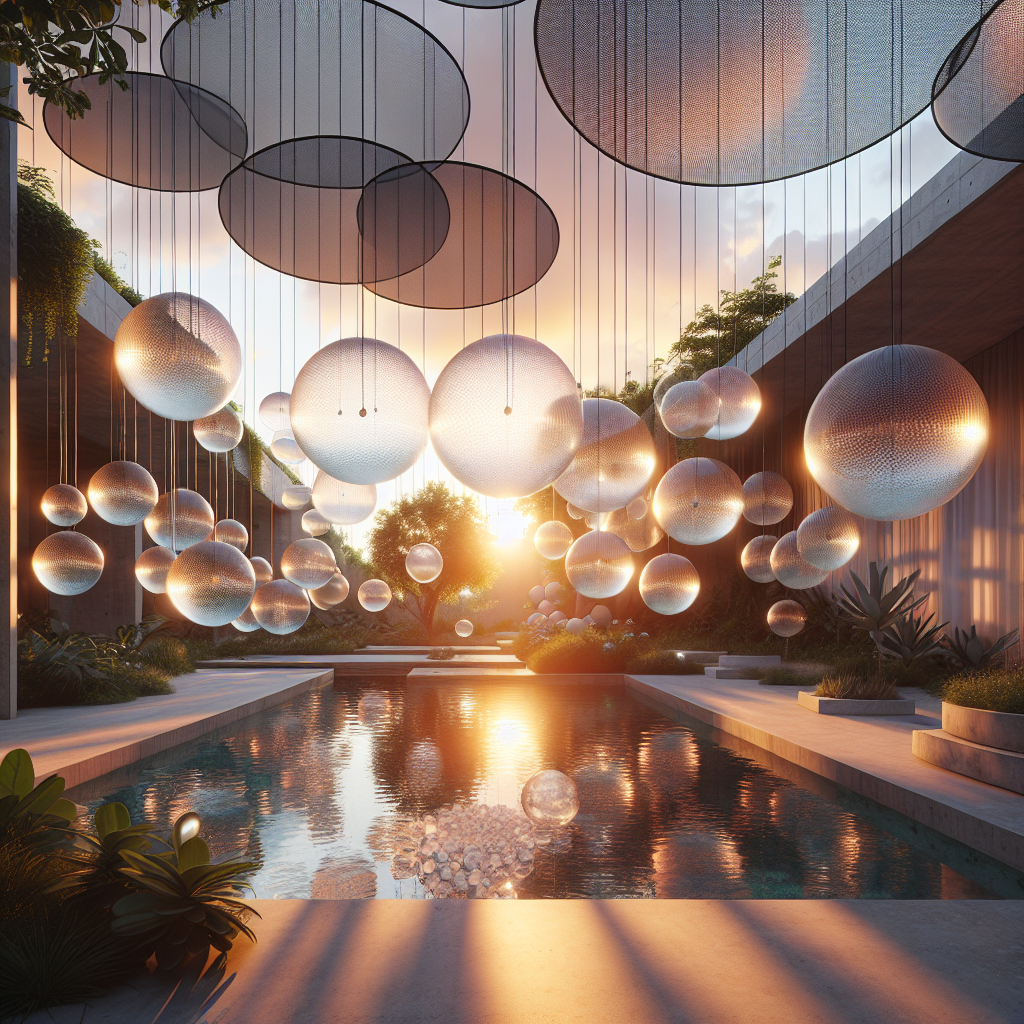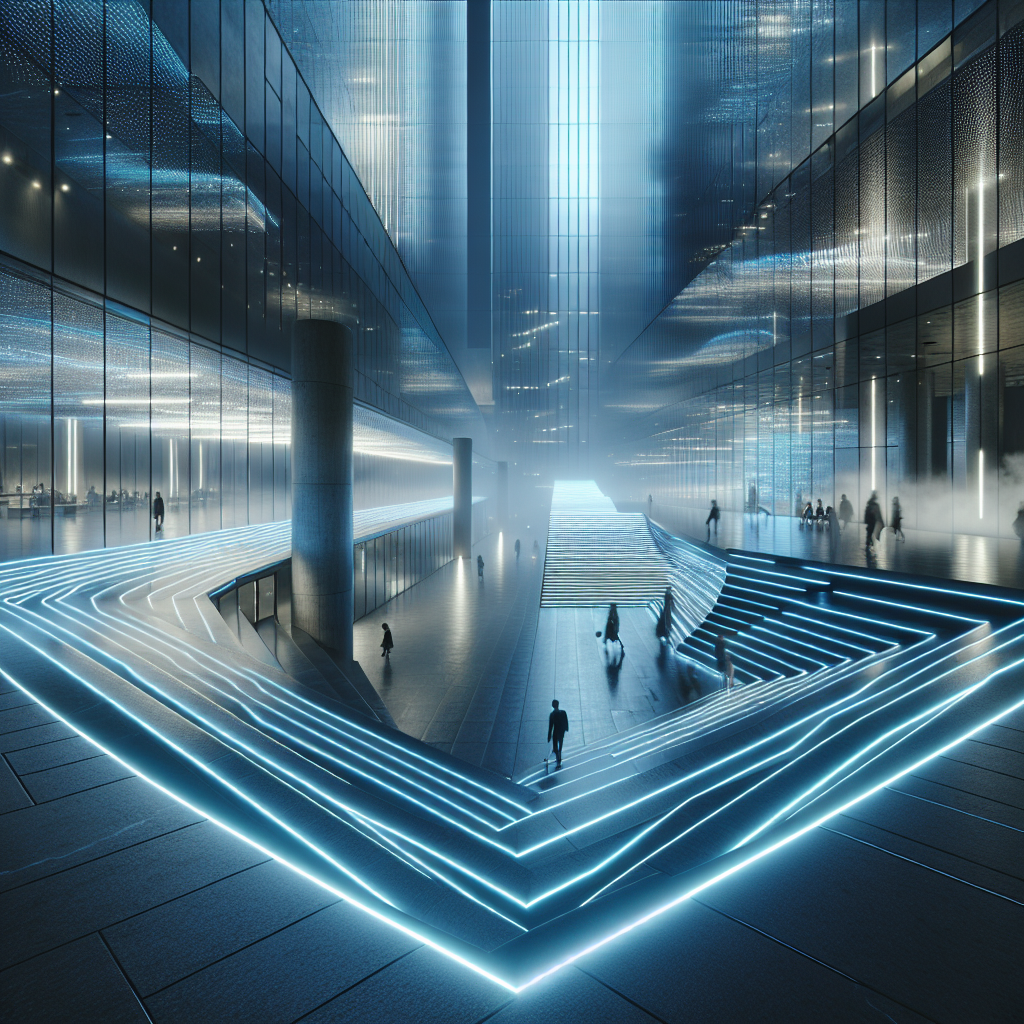Kinetic canopies retractable: shading systems for open-air living

Kinetic Canopies Retractable: Shading Systems for Open-Air Living
In the realm of contemporary architecture and design, outdoor spaces have evolved into sophisticated extensions of our interiors, blurring the boundaries between inside and outside. The demand for functional, adaptable, and aesthetically pleasing shading solutions has never been higher. Enter the kinetic retractable canopy—an innovative shading system that dynamically transforms outdoor environments, responding seamlessly to changing weather conditions and user preferences. From luxurious residential terraces to cutting-edge commercial spaces, kinetic canopies are redefining open-air living with their blend of technology, design ingenuity, and sustainability.
The Rise of Adaptive Architecture
Adaptive architecture, characterized by its responsiveness to environmental stimuli, has become a cornerstone of modern design. The integration of technology into architectural elements allows buildings and spaces to adjust dynamically, optimizing comfort and efficiency. Kinetic retractable canopies exemplify this trend, providing shade precisely when and where it is needed, and retracting gracefully when sunlight is desired.
Inspired by nature’s inherent adaptability, kinetic canopies employ biomimicry—a design approach that mimics biological processes—to create intelligent shading solutions. For instance, some systems mimic the opening and closing of flower petals, responding intuitively to sunlight intensity and weather conditions. This approach not only enhances visual appeal but also significantly improves energy efficiency by reducing the need for artificial cooling.
Biomimicry has become a powerful tool in architecture, as detailed in our previous exploration of how nature inspires innovations in architecture.
Designing with Motion: The Aesthetics of Kinetic Canopies
Beyond their functional attributes, kinetic retractable canopies offer designers an exciting canvas for creativity. Their dynamic nature introduces movement into architectural compositions, creating captivating visual experiences. Imagine an elegant rooftop terrace where delicate fabric panels glide effortlessly along sleek metal tracks, casting ever-changing patterns of shadow and light. Or envision a public plaza where sculptural canopies unfurl like sails, transforming the space into a shaded oasis.
Leading designers and architects have embraced kinetic shading systems to elevate their projects. Renowned architectural firm Foster + Partners recently integrated a sophisticated retractable canopy system into a luxury hotel in Dubai. The canopy, inspired by traditional Arabic mashrabiya screens, features intricate geometric patterns that shift gracefully throughout the day, providing shade while maintaining visual transparency. Such thoughtful integration of cultural motifs and modern technology underscores the potential of kinetic canopies to enrich architectural narratives.
Material Innovations: Sustainability Meets Durability
Material selection plays a crucial role in the performance and sustainability of kinetic retractable canopies. Designers are increasingly turning to advanced textiles and composites that offer durability, flexibility, and environmental benefits. High-performance fabrics, such as PTFE-coated fiberglass and ETFE membranes, provide exceptional strength, weather resistance, and UV protection, ensuring longevity and minimal maintenance.
Moreover, sustainability is at the forefront of material innovation. Recycled and recyclable materials, biodegradable textiles, and natural fibers are gaining popularity, aligning with the broader movement toward eco-conscious design. For instance, recent developments in biodegradable architecture, as discussed in our article on the rise of biodegradable architecture, highlight how materials like bio-based polymers and natural fibers can be integrated into kinetic shading systems, reducing environmental impact without compromising performance.
Smart Integration: Technology and Automation
The integration of smart technology and automation has propelled kinetic retractable canopies into the realm of intelligent design. Advanced sensors, actuators, and control systems enable canopies to respond autonomously to environmental conditions, optimizing comfort and energy efficiency. For example, sensors detect changes in sunlight intensity, wind speed, and precipitation, triggering automatic adjustments to canopy positioning.
Furthermore, integration with smart home systems allows users to control shading remotely via smartphone apps or voice commands, enhancing convenience and personalization. This seamless integration of technology aligns with broader trends in home automation, as explored in our feature on smart home technology revolutionizing home automation.
Case Study: The Louvre Abu Dhabi’s Kinetic Dome
A striking example of kinetic shading in architectural design is the Louvre Abu Dhabi’s iconic dome, designed by Pritzker Prize-winning architect Jean Nouvel. Although not retractable in the traditional sense, the dome’s intricate geometric lattice creates a dynamic interplay of light and shadow, mimicking the movement of palm fronds. This kinetic effect provides passive cooling and diffused natural lighting, enhancing visitor comfort and reducing energy consumption.
The Louvre Abu Dhabi demonstrates how kinetic shading principles can be integrated into large-scale architectural projects, marrying aesthetics, functionality, and sustainability. Its success has inspired architects worldwide to explore similar concepts in diverse contexts, from residential developments to public spaces.
Future Directions: Expanding Possibilities
As technology advances and sustainability becomes increasingly paramount, the potential applications of kinetic retractable canopies continue to expand. Urban planners and architects are exploring their use in creating climate-resilient cities, where adaptive shading systems mitigate urban heat islands and enhance outdoor comfort. The integration of renewable energy technologies, such as photovoltaic cells embedded in canopy fabrics, offers exciting possibilities for energy generation and self-sufficiency.
Moreover, the advent of augmented reality (AR) and virtual reality (VR) technologies presents new opportunities for designers to visualize and refine kinetic shading solutions. As detailed in our exploration of virtual reality in architecture, these tools enable architects and clients to experience dynamic shading systems in immersive virtual environments, facilitating informed decision-making and design optimization.
Conclusion: Embracing the Dynamic Future of Open-Air Living
Kinetic retractable canopies represent a harmonious convergence of design innovation, technological advancement, and environmental responsibility. By dynamically responding to environmental conditions and user preferences, these shading systems enhance comfort, energy efficiency, and aesthetic appeal, transforming outdoor spaces into versatile, inviting environments.
As architects and designers continue to push the boundaries of adaptive architecture, kinetic canopies will undoubtedly play a pivotal role in shaping the future of open-air living. Their potential to create sustainable, responsive, and visually captivating spaces positions them at the forefront of contemporary design discourse, inviting us to reimagine our relationship with the built environment.
For further insights into adaptive architecture and sustainable design, explore our analysis of responsive architecture and kinetic facades.
As we continue to seek harmony between built environments and natural ecosystems, kinetic retractable canopies offer a compelling vision of architecture that moves, adapts, and inspires.
